Yungay – the driest place in the world
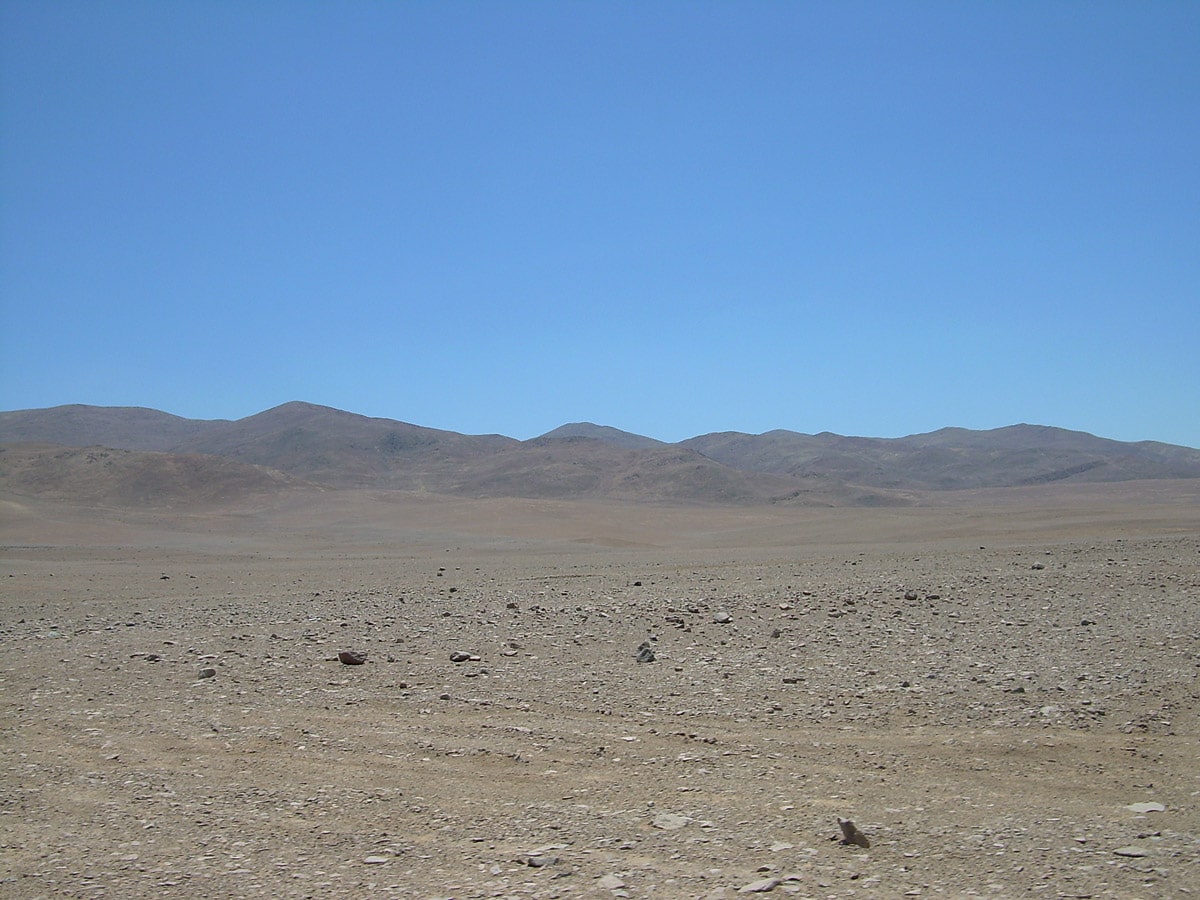
The driest place in the world without any signs of life. Only a few specific microorganisms – extremophiles – are present here. Some areas are rich with nitrates – easily soluble minerals that in other circumstances are consumed by organisms. Here rich nitrate deposits have been formed from atmospheric nitrogen, possibly by lightning.
Gandom Beryan in Lut Desert – hottest place on Earth
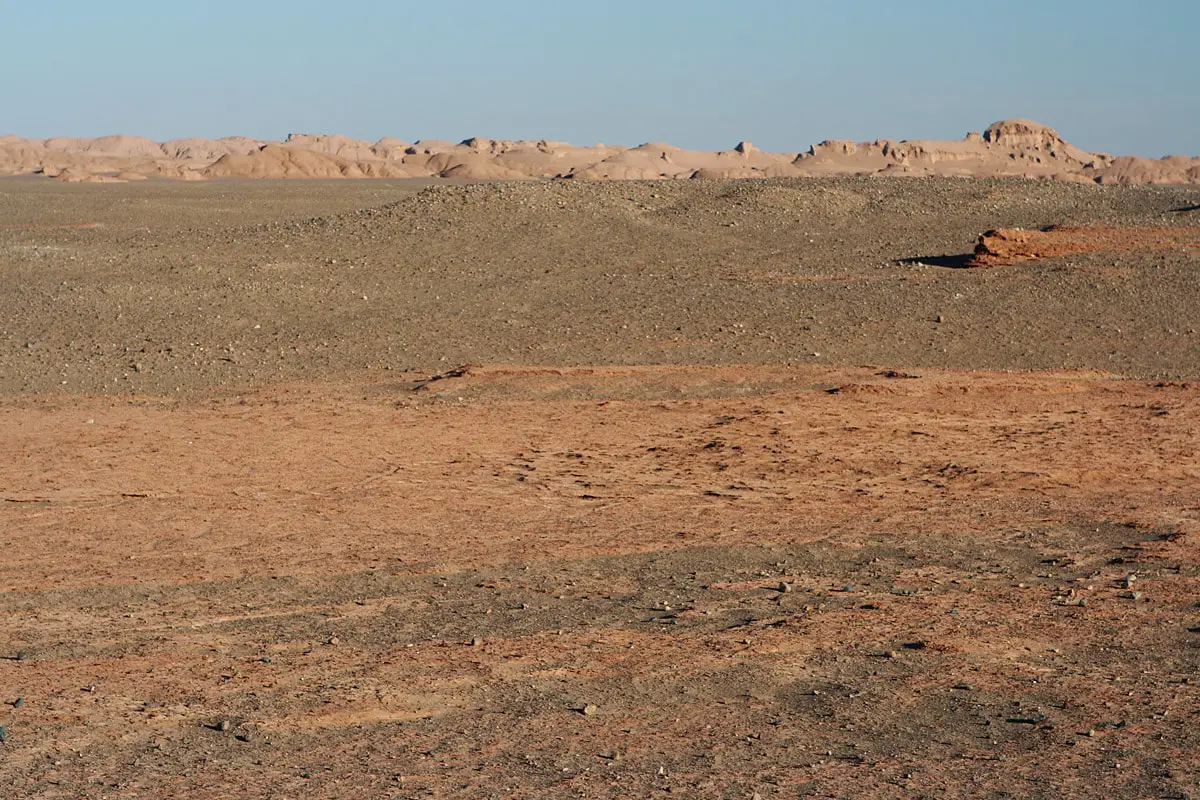
Lifeless desert with dark lava surface. According to the satellite data surface of this desert heats up to 71° C – what makes this the hottest land surface on Earth. The temperature of the atmosphere here often is above 50° C. This is also one of the driest places on Earth.
Poas Volcano and Laguna Caliente
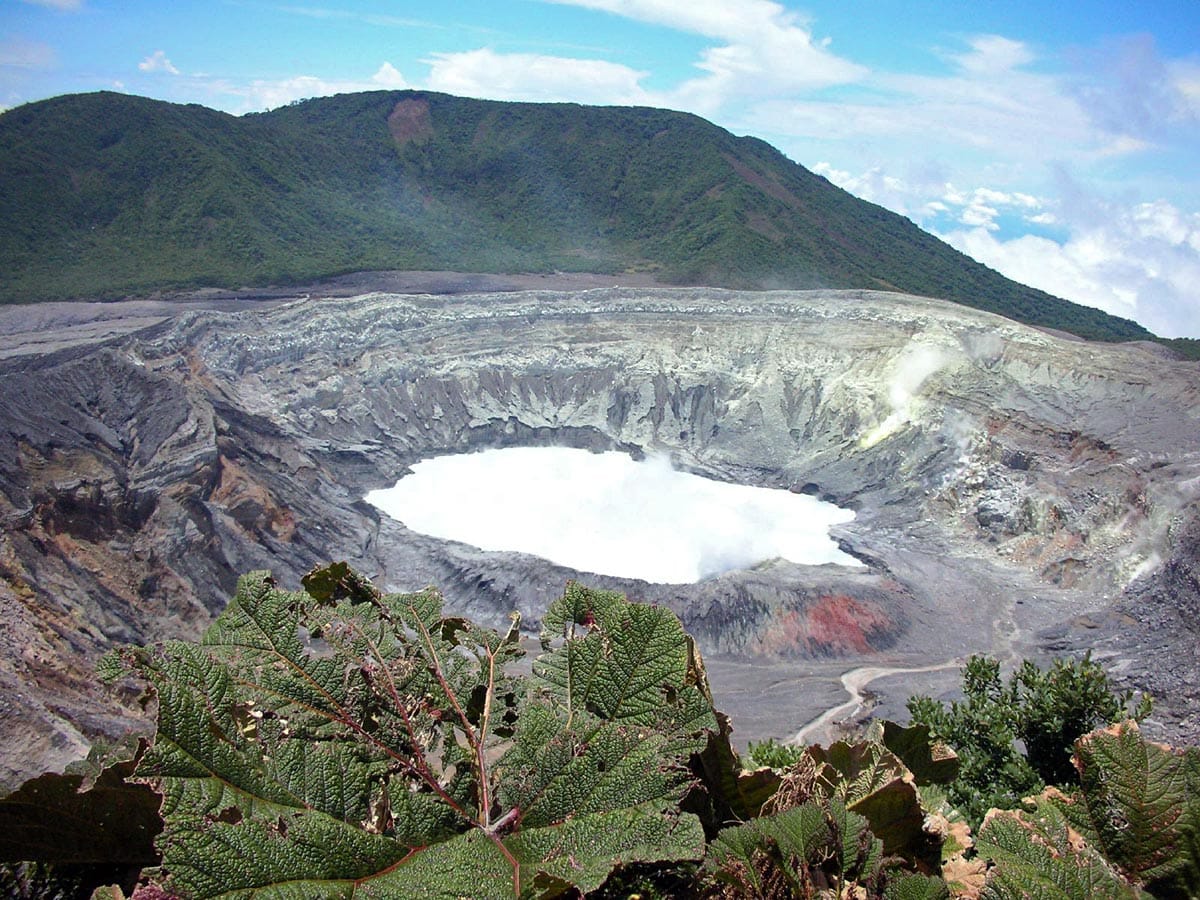
Very active and unusual volcano with Laguna Caliente – lake of extreme acidity reaching up to 0.0 of pH. Frequent phreatic eruptions may eject this acid up to 1 kilometer high. Around the volcano, all the vegetation is stunted brown and black by the extremely acid clouds coming from this lake.
Hessdalen lights
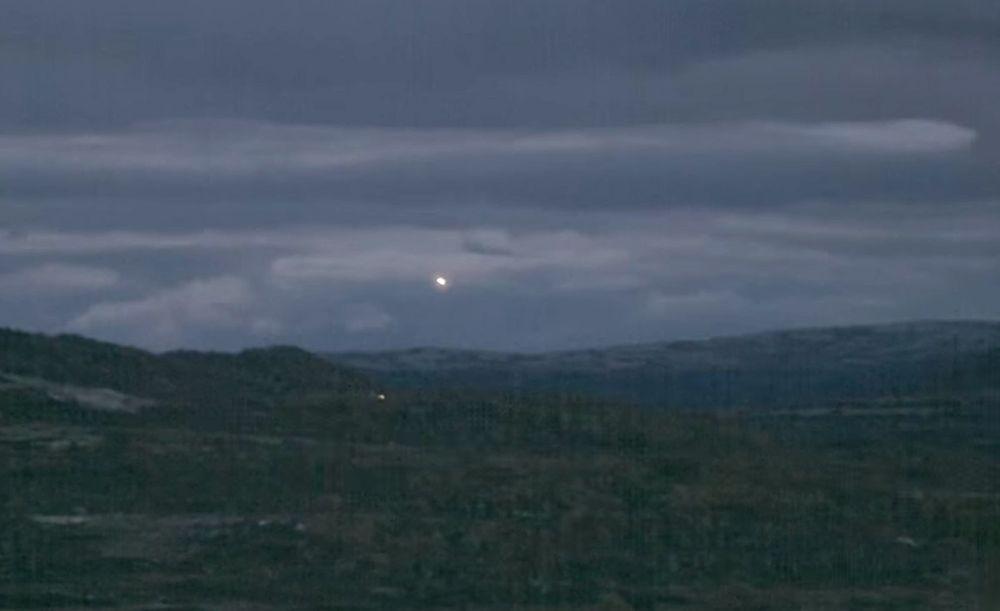
In the valley of Hessdalen frequently are seen unexplained light phenomena. More than 20 years long scientific research on this phenomenon has not provided a convincing explanation of this phenomenon.
Markansu Desert – Valley of Tornadoes
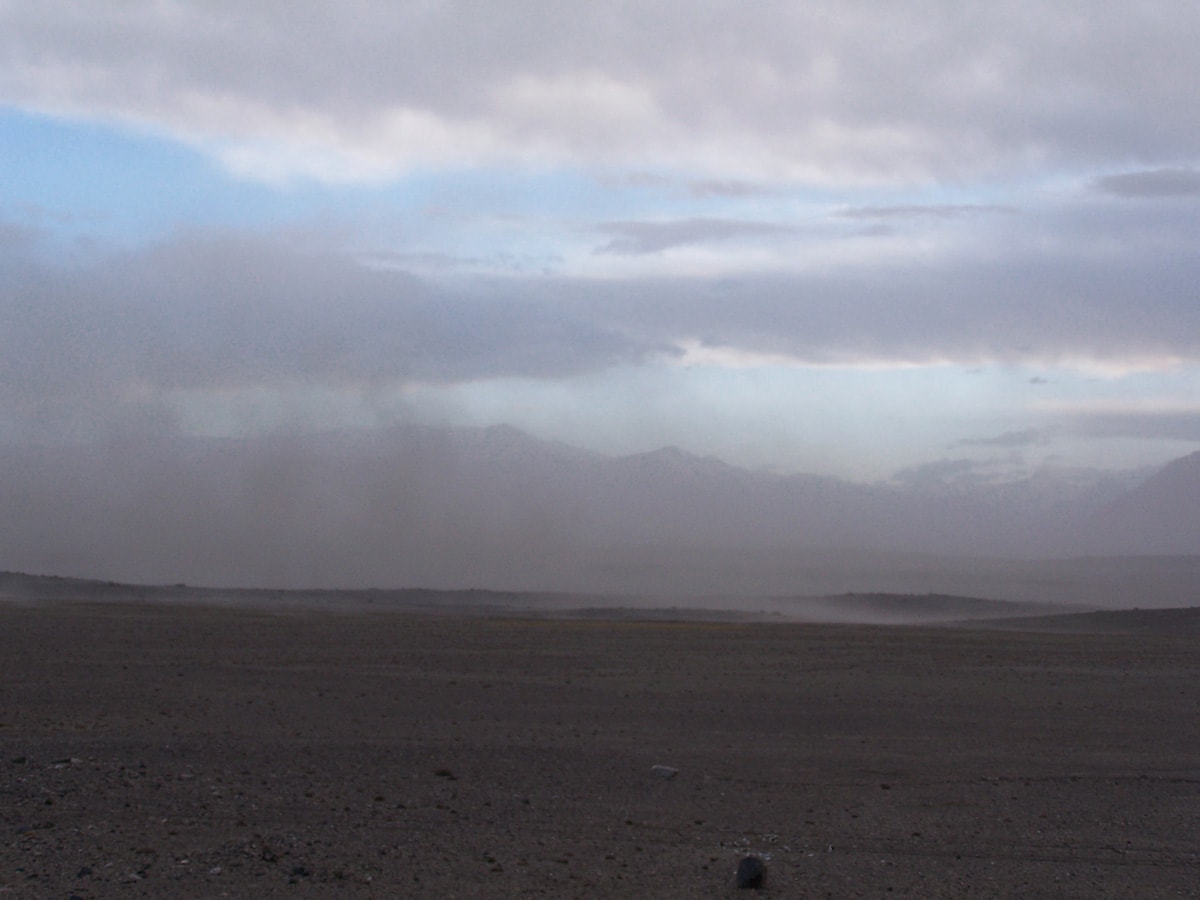
Broad, flat, almost lifeless plateau between mountain ridges, located at the height of 4 km above the sea level. Location with an extremely harsh climate, constant strong winds, and storms. Very frequently can be observed dust devils and small tornadoes.
Paasselkä devils
Light phenomena occasionally appearing above Lake Paasselkä and areas near it, mentioned since the 18th century. Usually, it is a ball of light that sometimes behaves as if has its own will. Paasselkä lake has formed in a meteorite crater.
Katabatic winds at Commonwealth Bay
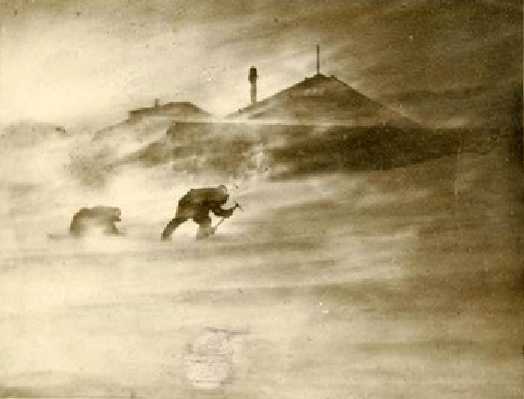
Windiest place on Earth with very frequent storms. The speed of wind here occasionally exceeds 90 m/s – 320 km/h. These specific winds are called katabatic winds that might last for days. Fast-moving ice crystals may cause unusual electric effects.
Ridge A – the best place for astronomy research on Earth
Satellite data and climatic models show that this area has extremely clear sky and is the best suited place on Earth for astronomical research. Average winter temperature here is -70°C and it is possible that here might be experienced the lowest temperatures on Earth. This site also is very dry and devoid of wind. Ridge A is very remote place and most likely humans have not been there.
Dome A – coldest place on Earth
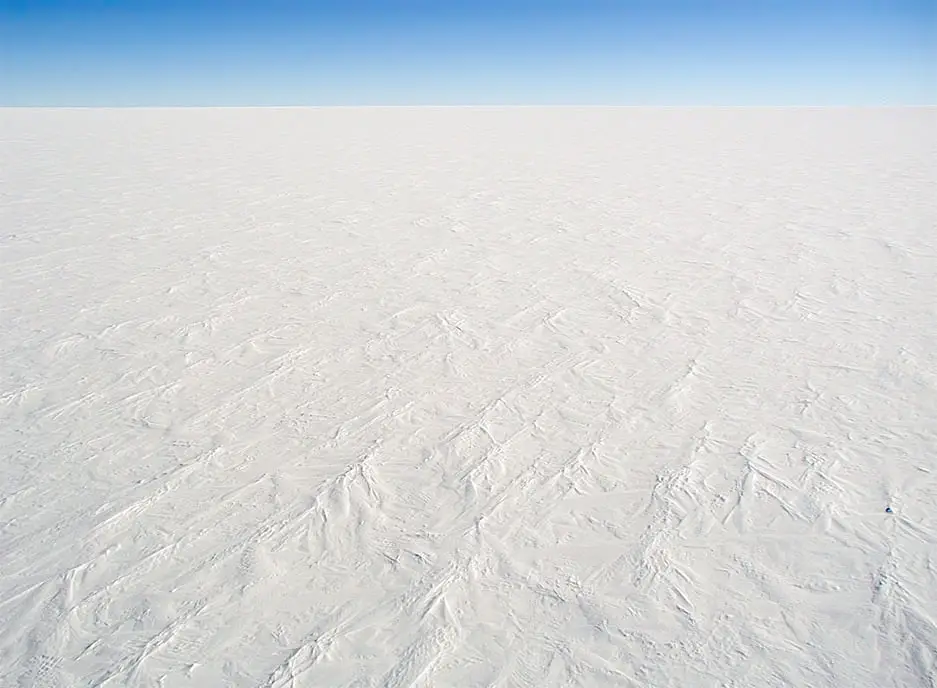
The highest ice feature in Antarctica (4,093 m), under the dome are Gamburtsev Mountains – mountain range larger than European Alps. Dome A has very dry and rather calm climate. Satellite data and climatic models show that this is the coldest place on Earth. Average winter temperature here is -70°C but theoretically it may reach -102°C.
Roopkund – Skeleton Lake
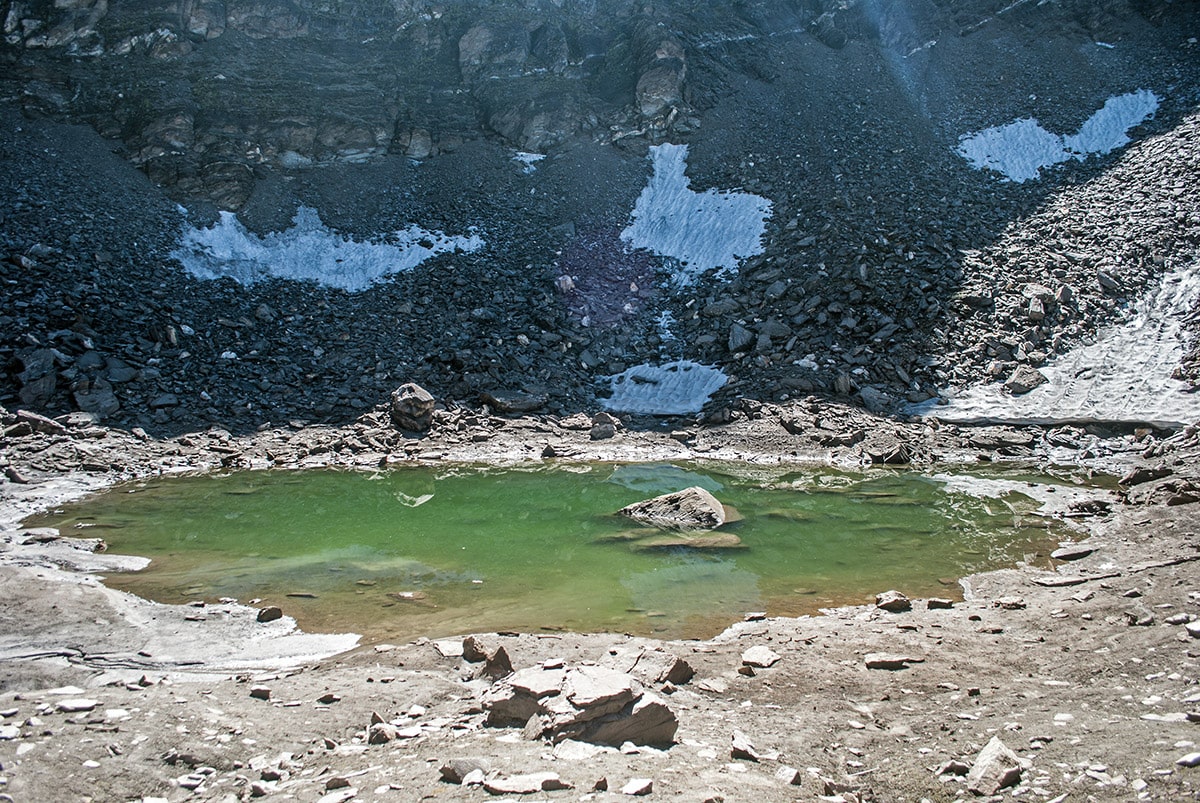
At this glacial lake at great height were found more than 500 skeletons of pilgrims. These people died around the 12th – 15th century AD. Further studies of the damages to their skulls have shown that these people died from sudden hailstorms – there was no shelter and people died from falling iceballs.
